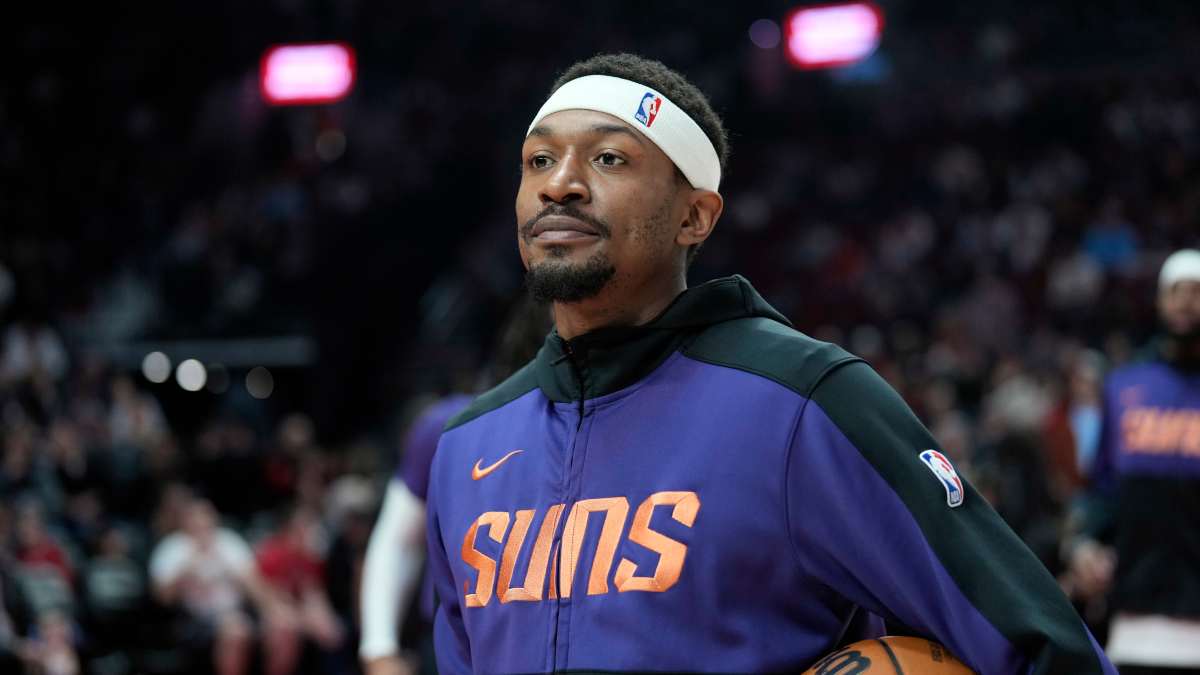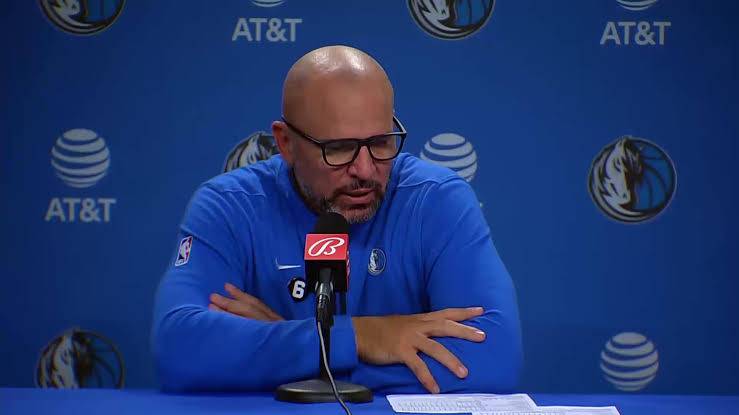
The Vancouver Canucks’ recent decision to promote Adam Foote as their new head coach has stirred considerable debate across the NHL community. Despite Foote having yet to coach a single game in his new role, questions are already being raised about why the team opted to elevate him over another highly regarded candidate—Manny Malhotra, the current head coach of the Canucks’ AHL affiliate, the Abbotsford Canucks.
Following weeks of speculation and rumors, Rick Tocchet, the former Canucks head coach, officially stepped away from the organization. Tocchet confirmed he would be taking over behind the bench for the Philadelphia Flyers, leaving a vacant position in Vancouver’s coaching staff that needed to be filled swiftly and wisely.
In response, the Canucks chose to promote Adam Foote, who had previously served as an assistant coach under Tocchet. However, this move was not without controversy. Many fans and analysts believed Manny Malhotra, a former Canucks player and the current coach of their AHL affiliate, was the more deserving and prepared candidate. Malhotra has garnered praise for his leadership and performance in the minor league system, especially with Abbotsford making a strong playoff push in the Memorial Cup.
Adding fuel to the fire is the growing interest in Malhotra from other NHL teams. A recent report even linked him to a potential head coaching opportunity with the Dallas Stars. This raises concerns in Vancouver that if Foote falters in his new role, they may have allowed a top-tier coaching talent to slip through their fingers.
Amid the mounting speculation and criticism, NHL insider Elliotte Friedman has offered key insight into the decision-making process that led to Foote’s promotion over Malhotra. Speaking candidly, Friedman explained that the decision had less to do with coaching resumes and more to do with team chemistry and locker room dynamics following a chaotic and emotionally taxing season.
According to Friedman, the Canucks’ leadership, particularly General Manager Patrik Allvin, felt it was essential to appoint a coach that players were already comfortable with. In his analysis, Friedman pointed out that while organizations cannot always prioritize players’ preferences, in this specific situation, player buy-in was a crucial factor.
“One of the biggest things the Canucks had to do was, you can’t always make your players happy, but this was a situation where the Canucks knew after the year they had last year, they had to do something with this hire that the players were at least comfortable with,” Friedman said during a broadcast.
He emphasized that trust and familiarity with Foote—who had already established rapport with key figures on the team—played a significant role in the decision. After an emotionally challenging year, the front office felt the locker room needed a sense of stability and a leader who already understood the culture and personalities within the group.
Friedman elaborated further, explaining that several of the Canucks’ core players had expressed positive feelings about Foote during internal discussions. “The comfort level with Adam Foote and the fact that they knew they needed somebody the players, the key players, would be okay with after the year you had last year—that was the number one thing that was in favor of Adam Foote,” he added. “I believe that was ultimately the reason the Canucks made the choice.”
While many fans remain skeptical of Foote’s coaching credentials—especially when compared to Malhotra’s leadership of Abbotsford—Friedman’s reporting adds a layer of understanding to the decision. In the NHL, locker room morale and alignment between players and coaching staff can make or break a season, especially after internal drama and underperformance.
Still, there’s an element of risk involved in the Canucks’ gamble. If Adam Foote struggles in his first full season as head coach, Vancouver may face regret over not giving Malhotra the opportunity. The danger isn’t only losing games—it’s also potentially losing Malhotra to a rival team, which would be a major blow to the organization’s future plans.
On the flip side, if Foote manages to guide the Canucks successfully through the upcoming season, the front office’s decision will be vindicated. Critics and supporters alike will be watching closely to see if the players’ comfort level with Foote translates into wins, consistent performance, and perhaps even a playoff berth.
For now, all the speculation remains just that—speculation. Foote’s true test will come once the puck drops on the new season. The spotlight is firmly on him, and every decision he makes from this point forward will be scrutinized. Whether the Canucks made the right call will become clear with time.
In the end, the Canucks’ decision to prioritize internal harmony, player trust, and familiarity signals a broader trend in NHL front office thinking: sometimes the right hire isn’t just about experience or accolades—it’s about fit, timing, and restoring stability after a stormy year.
While it remains to be seen whether Adam Foote will rise to the occasion or if the Canucks let a potential future star in Malhotra slip away, the organization has shown that its top priority was creating a coaching situation the players could believe in. Now, all eyes turn to the ice to see how this story unfolds.



